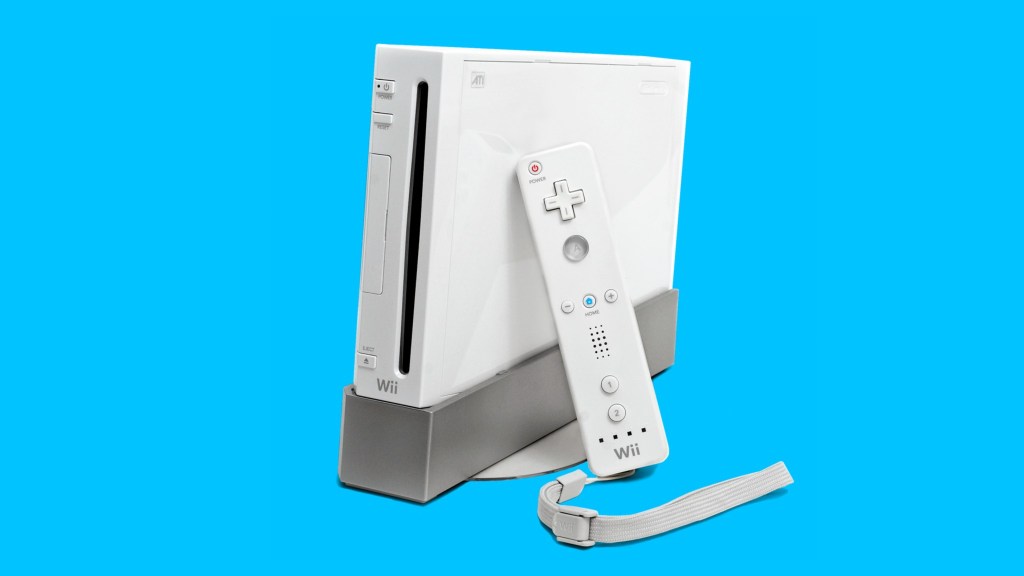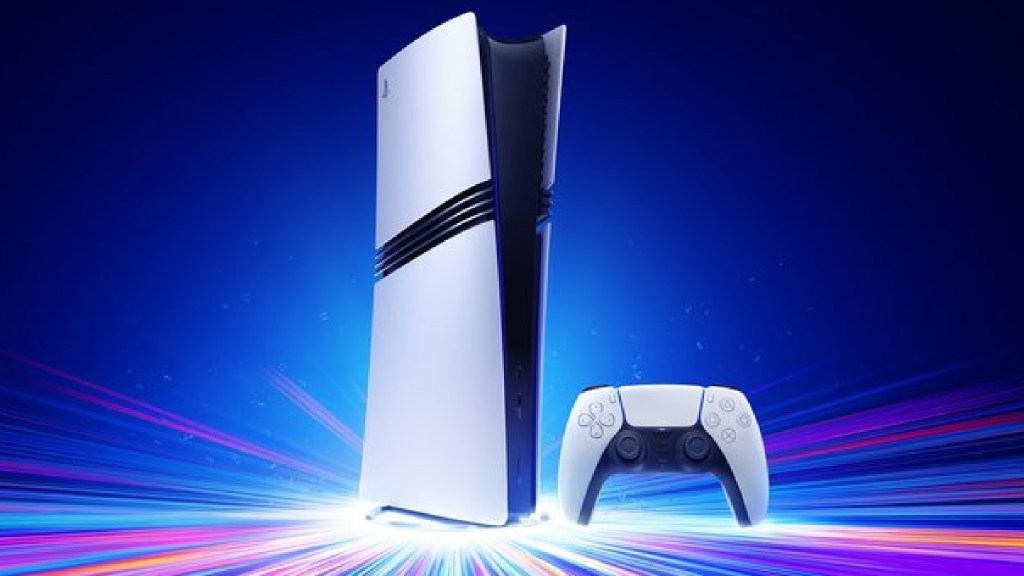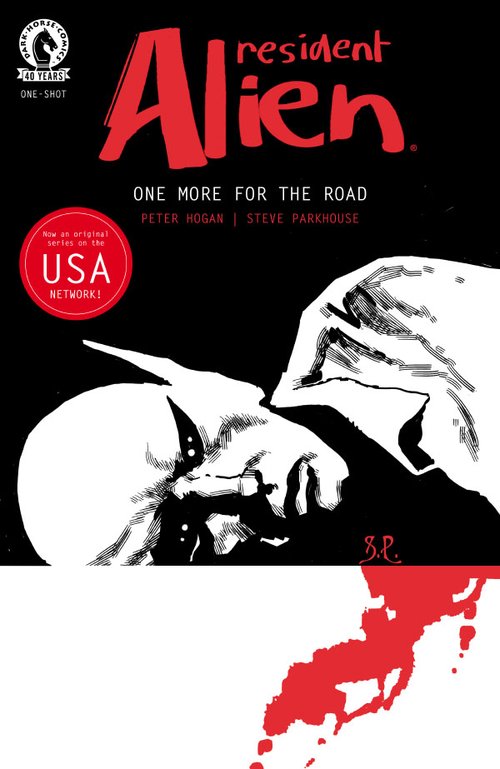Console owners of a certain age will remember that back in the day, platforms generally received price cuts later in their product lifespans. But that trend appears to be one in the past, with the big three console manufacturers instead raising the recommended retail prices of their platforms.
Nintendo’s decision to raise the price of the original Switch (from $300 to $340), its OLED model (from $350 to $400), and even its Lite version (from $200 to $230) is particularly shocking, given it’s an increase for a previous console after the release of its successor, the Nintendo Switch 2.
While this isn’t the first time a console manufacturer has increased the price of a product currently on the market, doing so when the next product is out is highly unusual and goes against the usual cadence of price cuts for consoles.
A History Of Console Price Drops

Pretty much every major console has received numerous price cuts throughout its life cycle, usually indicating slower demand, improved manufacturing processes, or a desire to increase sales.
Looking at Nintendo consoles specifically, here’s how the USD retail prices for the company’s consoles since the Nintendo 64 have looked:
While none of these numbers reflect inflation, it’s clear that the price has always trended downward. The same can be said for PlayStation, Xbox, and back in the day, Sega.
Lowering the price has historically been a strategy from the console manufacturers, with companies trying to get a leg up on their competitors. Back in E3 1995, Sony made waves in the news after executive Steve Race took the microphone to simply utter “$299” to applause, a clear knock on Sega Saturn’s $399 price.
Sony also made a similar move when it announced that the PlayStation 4 would be $100 cheaper than the Xbox One, which had a controversial $499 price tag at launch.
But due to current market conditions, and possibly in response to tariffs imposed by the United States government, it appears that Nintendo, Sony, and Microsoft are primarily trying to offset losses rather than competing to offer the most affordable machine on the market.
Recent Console Price Increases From The Big Three

The latest Xbox consoles had their own price increases this year, but compared to Nintendo’s situation, the Xbox Series X and S are the latest platforms from Microsoft. It’s not like they’re bumping the price of the now-basically-ancient Xbox One, which has been out of production for nearly half a decade now.
Outside of the United States, the PlayStation 5 received a price bump in Europe, the United Kingdom, Australia, and New Zealand. While this hasn’t occurred in the States yet, it wouldn’t be surprising if Sony made the decision to do so in the near future.
Needless to say, it’s sad to see the normal trend of console price cuts seemingly dying off. Consumers are already having negative reactions to price increases for individual games — after potentially setting a precedent with $80 games in the form of Mario Kart World, the rest of the industry is reckoning with whether they should follow suit, but it’s clear that consumer pushback to expensive games will continue.
The current world economic situation may be beyond Nintendo, Sony, and Microsoft’s control, but raising their product prices– particularly Nintendo’s price hike on an over-eight-year-old machine — could do more harm than good.
But Nintendo is also setting a standard that launch is when consoles are most affordable, creating a craze where everyone is trying to preemptively get their hands on the new product in fear that it’ll be more expensive later. Maybe that explains Nintendo Switch 2’s record-breaking launch.






